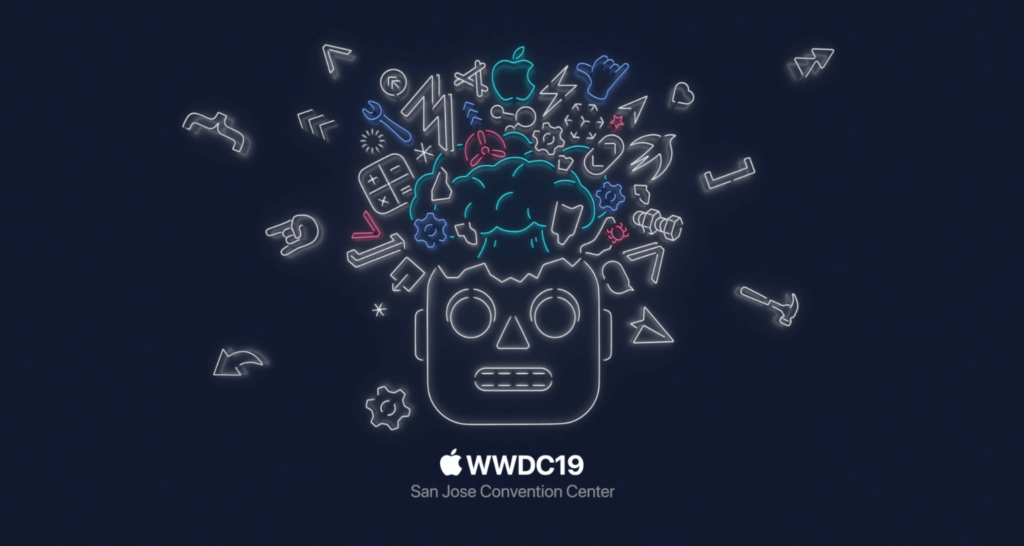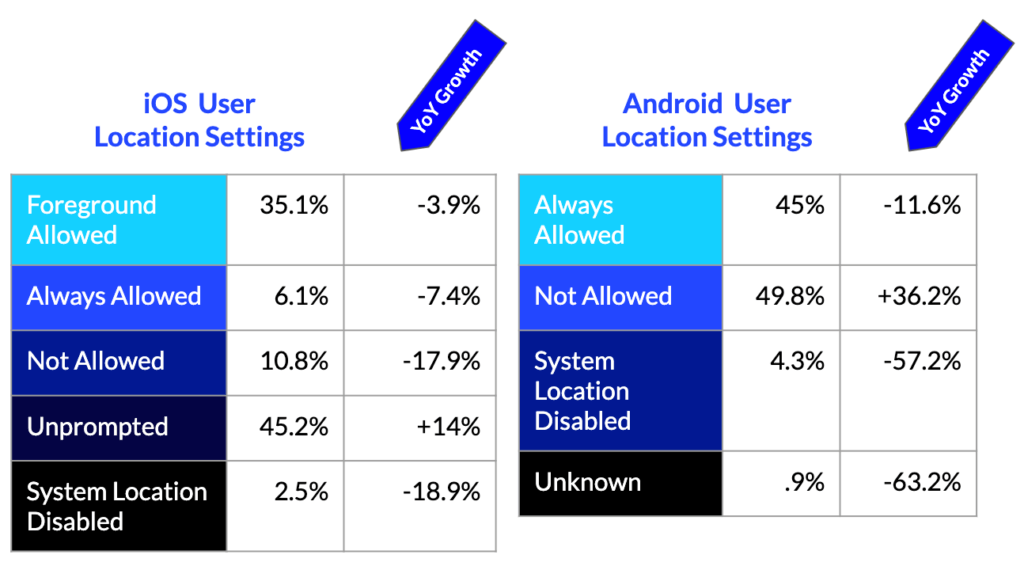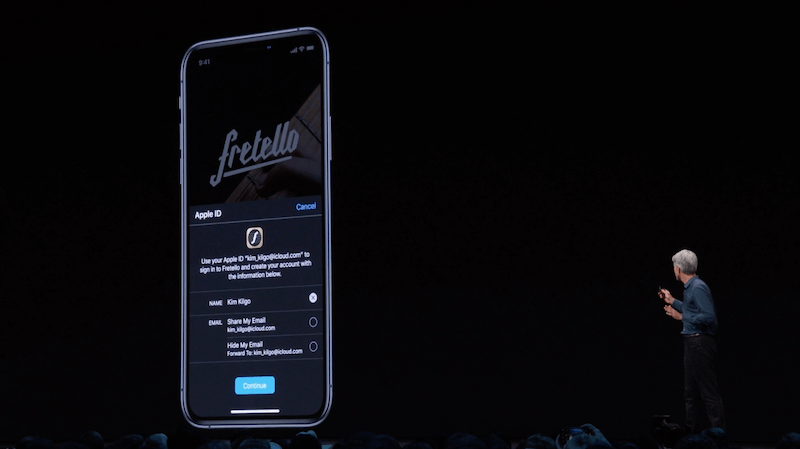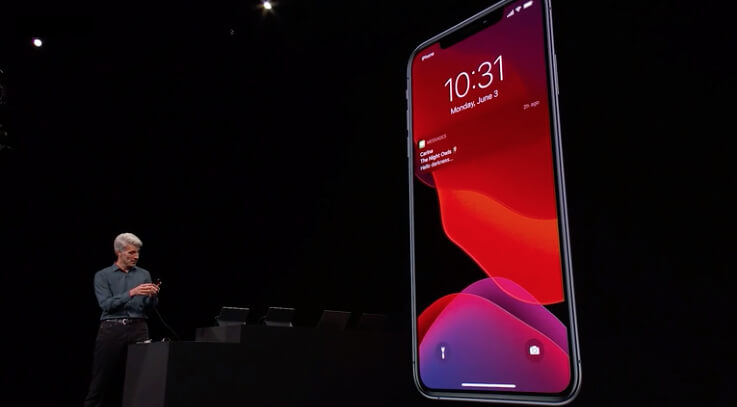
Apple WWDC 2019 Recap: New Updates on Location-Sharing and Sign-in Privacy

Brian Batchelder Senior Mobile Engineer

Share to my network
In this article
Categories
Book a meeting
Connect with our team of experts to discuss your conversion and loyalty goals, and how we can help you achieve them faster.
Get a demoApple kicked off its Worldwide Developer Conference (WWDC) with a keynote full of new announcements and updates for their services and operating systems. Apple introduced new products, like the beastly Mac Pro, and said goodbye to others (R.I.P iTunes). Airshippers were there in-person (and live-stream) to bring you highlights from the keynote that digital marketers and mobile developers will want to pay attention to.
Apple Offers More Location Controls to Users
When it comes to sharing location data, Apple users will have the option of sharing their location to the app just once — requiring a request again the next time it is needed. For apps that receive permission to continually gather location, Apple will send the user reports detailing exactly when the app collected their data and how it was used. Apple will also shut down the backdoor that some developers used to infer location from WiFi and Bluetooth.
Apple’s decision to offer more granular options for sharing location aligns with findings from our recent data study of 700 million app users. Apple gained advantage over Android by enabling users to choose to share location “while using” or “always,” and as a result saw the percent of users choosing “Don’t Allow” drop 17.9% year-over-year as opposed to Android’s 36.2% gain. The new option of sharing location just once will help ease consumer concerns to try it, unlocking more opportunity for apps to prove the value of sharing it.

Apple Offers “Anonymous” Sign-In
Apple users will have the option of signing in to third-party apps through Apple ID, similar to log-in services through Facebook or Google, and this will be mandatory for all apps using third-party sign-ins. Apple is taking privacy a step further by offering the option for users to hide their real email addresses from apps or businesses by using randomly generated ones from Apple. The random email will forward communications to the user’s actual email address. Time will tell if this encourages more users to sign-up, and whether marketers respond with a greater focus on relevancy.

Direct-to-Watch Notifications Are Coming
Watch OS will be getting its own App Store. With its own apps that can run independently without a companion iPhone app, Apple Watch is also gaining direct-to-watch notifications. One of the first new Watch apps Apple announced was Calculator — which was met with huge cheers — a not so subtle sign in 2019 that Apple’s wearable device is on its way to becoming a completely standalone device.
Siri, Read My Messages and Notifications
Apple’s voice assistant Siri received quite a few updates, including a massive “voice lift” in iOS 13 to sound much more natural. Another of Siri’s new abilities that we found interesting is reading incoming messages and notifications through AirPods, and give you the option to reply back with your voice.
iOS 13 Goes Dark (Mode)
As Google did for its developer’s event (Check out our recap of Google I/O 2019), Apple announced Dark Mode for their latest mobile operating system. Dark Mode will be available across all of Apple’s native apps and on third-party apps. Users will be able to schedule Dark Mode or have it turn on automatically. This will be something for developers to consider when it comes to the design of their apps and from the preview we saw at the keynote, notifications look great.

Make sure to follow Airship on Linkedin, Twitter, and Facebook for all the latest updates and announcements.

